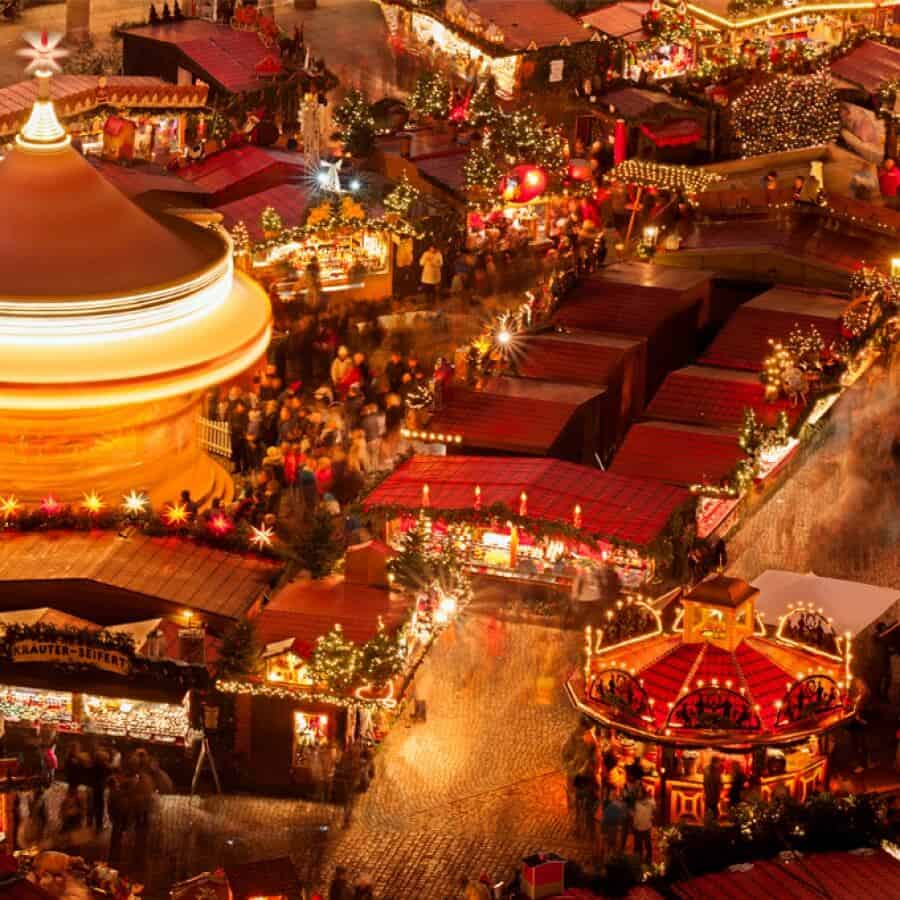Christmas is already in the air, and the traditional Christmas markets are already opening their doors across Europe. Where it is better to go? Let's have a little journey with us.
The tradition of Christmas markets goes back to a time long ago, when it was not possible to purchase consumer items in large quantities or in bulk in large shopping centers; and there was a need to wait for big events, specific exhibitions that were held in particular periods of the year. This included Advent: it is in this period that we hear of the first Christmas market, dating from the fourteenth century, located in Germany and Alsace, and known as the St Nicholas Market. The first official document recognizing the presence of a Christmas market is dated 1434: the act certifies a Striezelmarkt in Dresden on the Monday just before Christmas, a market featuring sweets which the Germans called “Striezel”.
After what was called St Nicholas Market changed its name at the behest of the Protestant Reformation, it was decided to abandon any reference to the Saints and to call it “Christkindlmarkt”, Christmas markets. Similar to what we find in Dresden, Nüremberg and Strasbourg have a very old tradition of Christmas markets, dating back to 1570 and 1628 respectively.
Christmas markets have become a must-see in Europe: for the fairytale atmosphere, and for Christmas decorations well designed to offer ideas for homemade decorations. In short, an experience before and during the long period of Advent, extending from the last week of November to the end of December and, in some cases lasting until the Epiphany.
Wherever there are stalls offering handicrafts and artifacts, there will be goodies to enjoy on the spot and at home. From the North to the South of Europe there is an air of celebration, and the opportunity to shop for original gifts is ever-present. A visit to a market is also an opportunity to explore the city that hosts it, walk the streets, see museums, and sample local specialties. Many of these events, more or less tied to old traditions, are also undoubtedly aimed at transforming the way we celebrate the coldest time of the year.
We’ll now take you on a tour of Europe by visiting ten markets which, in our opinion, are a must.
Bolzano, Italy

The Christmas market in Bolzano this year comes as the 25th edition since, in 1990, the organizers of the market of Nuremberg decided to export their tradition to a small town in Northern Italy. The event, held in the Piazza Walther, attracts hundreds of participants who have until January 6th to visit the many stalls lit only by candles, making the atmosphere as evocative as possible, with as many as 80 exhibitors presenting locally made Christmas products. Also this year the organizers expect as many as 600 thousand visitors from around the world who will come to Bolzano to admire, among other things, the town’s big Christmas tree and the crèche that will again be set up in the traditional alpine way, that is, the Holy Family with ox and donkey will be placed inside a specially constructed miniature barn. The exhibits are made exclusively by local artisans and are South Tyrolean products. Among the many exhibitors there will be children who will have their stands in the square where the exhibition will set up a mini playground with a small carousel, and there will be various entertainment shows just for children. You should not miss the chance to experience this!
Bilbao, Spain
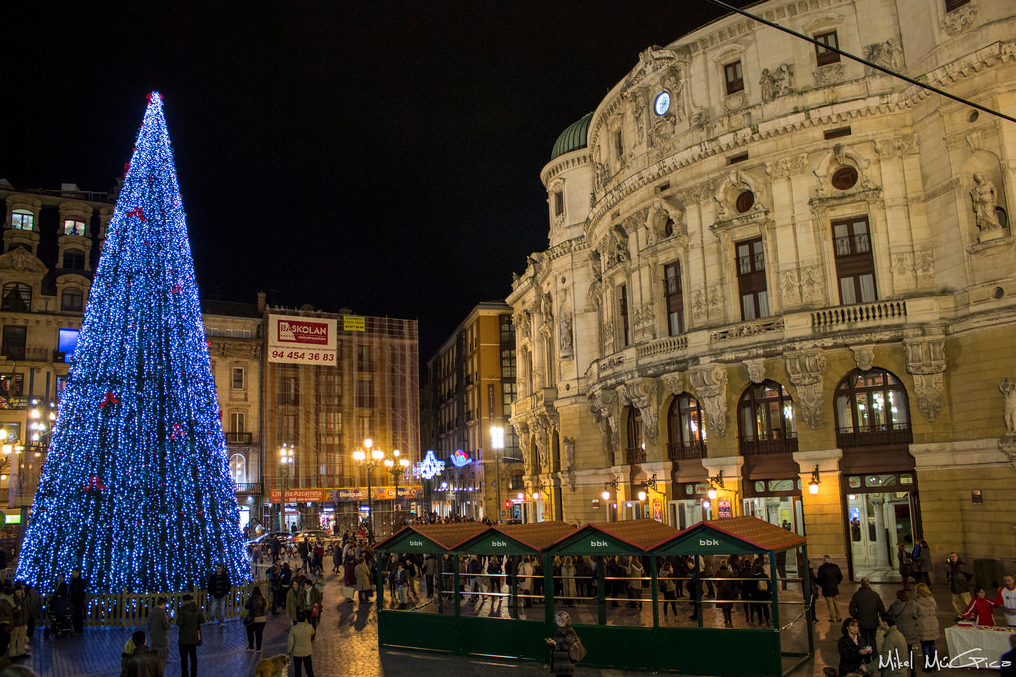
Welcome to the Basque Country! One of the most fascinating regions in Spain, and renowned for the quality of its food and the authenticity of its products! The Christmas Market of Bilbao is a real festival which animates the city’s historic center. The Cathedral and Plaza Nueva are the ideal setting for a cozy market like Bilbao’s, the cold stones are in contrast with the warmth of the people and the artisans selling beautiful jewelry, accessories, and other products crafted in leather, wood, glass, and ceramics. On December 21st, for the Feast of St. Thomas, thousands of people flock to the streets to celebrate and dance. And on December 23rd it would be a mortal sin to miss the Cabalgata of Olentzero, the Basque version of Santa Claus, protagonist of many legends and Basque poems. During the night of the 23rd, floats and dozens of depictions of Olentzero parade through the city center accompanied by performances and traditional music. A special attraction of this market is the presence of dozens of nativity scenes that would be worthy of a museum. You should taste Talo with chorizo (a kind of crepe stuffed with sausage) accompanied by a glass of Txakolí wine. Don’t miss it! You have until January 6th!
Strasbourg, France

Strasbourg is charming at any time of the year, this is a fact. But at Christmas it is the picture-perfect winter wonderland, with towering fir trees on the Place Kléber (a 400-year-old custom), timbered houses festooned with red and white hearts, and fairy light stars strung across its cobbled streets. The city’s Christkindelsmärik dates back to 1570, so expect plenty of tradition in everything from the food to the gifts. A specialty is bredele, a festive biscuit that comes in flavors such as orange and cinnamon – perfect for Christmas decorations hanging on the tree back home as a memento. An absolutely magical atmosphere to experience for a special Christmas!
Bruges, Belgium
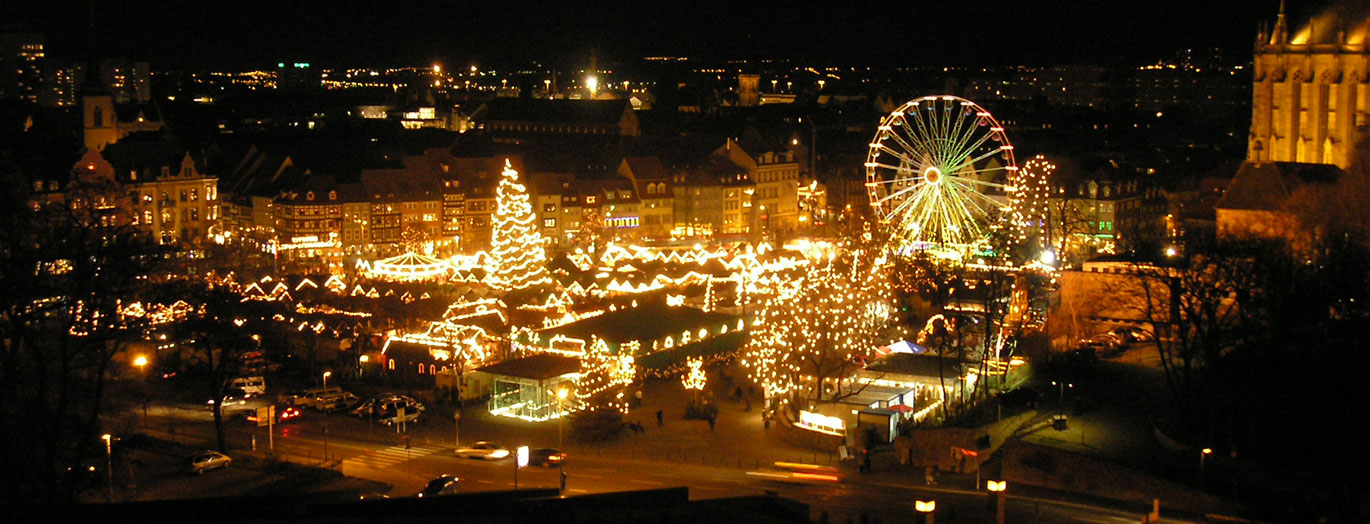
Bruges’s main square, the Markt, hosts the city’s idyllic Christmas market, where you can find everything from leather goods to handmade jewelry at stalls spread out beneath the medieval Belfort bell tower (which you can climb for panoramic views). Meanwhile, over on Simon Stevinplein you will find an ice rink to spend a romantic afternoon skating hand-in-hand with your other half – or perhaps you’d settle for not spending a lot of time on your bum! Snacking on Saint Nicholas-shaped chocolate before retreating to one of Bruges’s traditional pubs for a beer is a must-do. Try out hip Comptoir des Arts for modern brews or De Kelk for rare and limited edition tipples. This setting is absolutely special and romantic: a bit of Christmas magic with love!
Telgte, Germany

If there is one thing that the Germans worship and are good at, it is dressing up in costumes, and this is why you should not miss a Christmas market in costume. Amidst a forest of poplars, just outside the town of Telgte, the largest medieval Christmas market has been held every year since 2008. Trees and stands are decorated with thousands of lights, and a fair seems to arrive in a village of elves hidden in the forest. The entertainment includes jugglers, magicians, fire-eaters, and live music with traditional medieval instruments (and some guitars), artists and merchants are dressed as Vikings in leathers and helmets and medieval swords. To combat the cold, just grab a bottle of beer and sit and chat near the bonfire, or enter the heated tents where there are alternate performances and concerts. The market is also a treat for the little ones, who can take a horse ride, visit a live nativity scene complete with real animals or admire the falconers and their fascinating raptors. Traditional Grünkohl und Pinkel (sausages served with potatoes and kale), and the Met (a medieval wine made from honey and water) are waiting for you. Do not miss the chance to enjoy a step back into medieval times!
Prague, Czech Republic
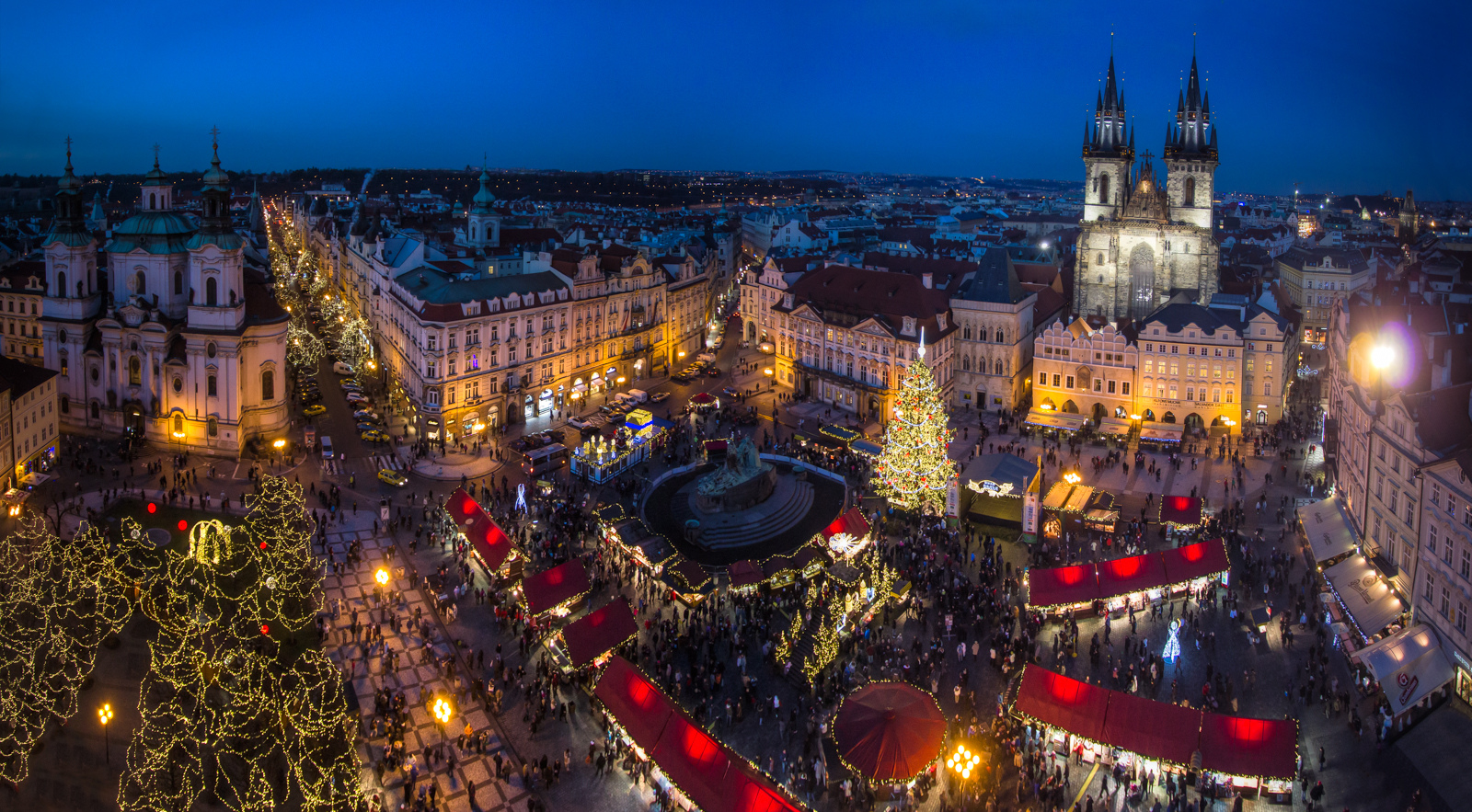
Prague is fairytale fabulous any day of the year, but Christmas in the Czech capital really twinkles. Wander through the city center from Old Town Square to Wenceslas Square, stopping off at red-canopied wooden huts for wooden toys, embroidered lace, and traditional Christmas decorations. Check out the array of Czech glass baubles and ornaments on offer – they’re famous for their quality and beauty and make a great festive gift. Sustain yourselves with barbecued sausages (klobása) and mulled wine – do not miss the nativity scene at Old Town Square, where the kids can pet sheep, goats, and the Christmas donkey. Once you’re totally shopped out, head up to the castle, one of Europe’s largest and most impressive, by way of the gorgeous medieval Charles Bridge – at its best late at night when the crowds have left. Just get amazed by the magical beauty of Prague!
Wien, Austria
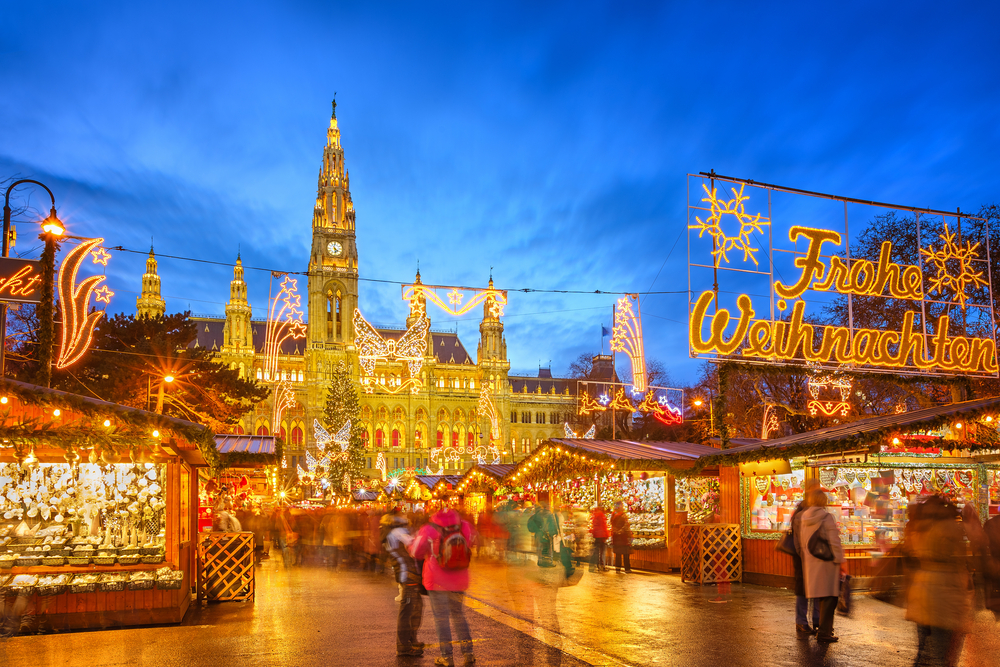
From mid-November until Christmas the town center is lit with thousands of lights, and the air smells of biscuits and hot punch. About 150 typical stalls are set up in the Town Hall Square; park trees sparkle in a blaze of lights, and everywhere you can taste the products of tradition. Not far from here is the Christmas Village in the Maria-Theresien-Platz, site of the Museum of Fine Arts and the Museum of Natural History. If you are looking for a Christmas market in a setting of monumental Viennese architecture, this is the place. One of the oldest Christmas markets in Vienna is the Christmas market in the Old Vienna Freyung, whose tradition dates back to 1772. Another major event for the Viennese Christmas is the Market of the Culture of Christmas located at Schoenbrunn Palace. Do not miss the chance to experience a Blue Danube Christmas!
Wroclaw, Poland
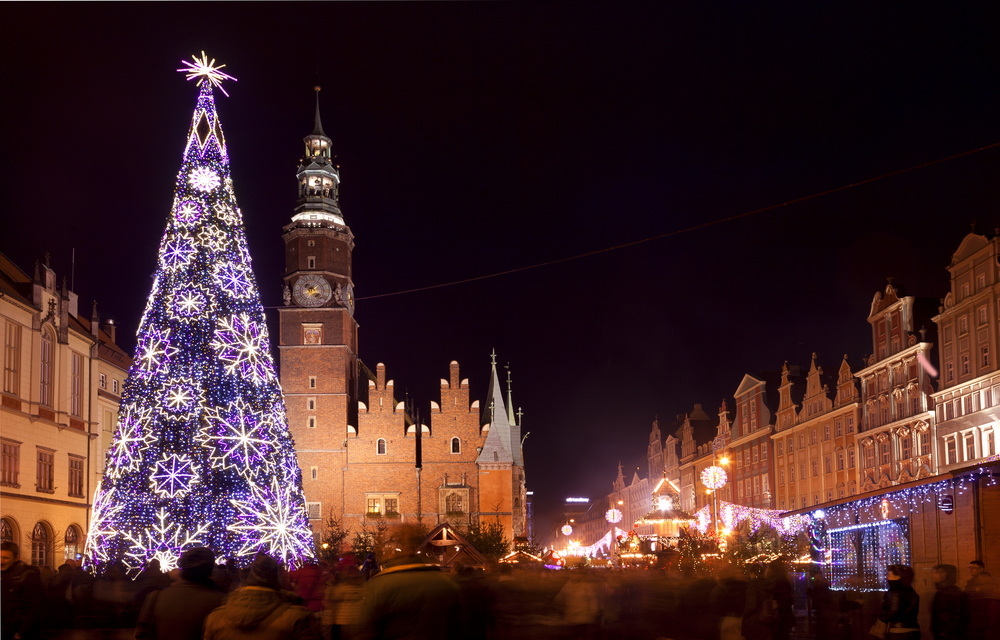
During this special time of the year, the heart starts to beat faster. Wroclaw’s market square becomes a backdrop for magical scenery: Amidst Christmas trees, the aroma of mulled wine and chocolate gingerbread and an abundance of surprise attractions await the inhabitants of Wroclaw and the city’s visitors.
At the Christmas Market there is a plethora of delicacies: Polish delicacies and sweets, traditional drinks and food, Kalachs, French crème brulée, gingerbread houses and chocolate hearts, candyfloss, lollipops, chocolate covered fruit, roasted chestnuts, almonds and nuts as well as other excellent treats will be available at the Christmas Market. Furthermore, traditional Lithuanian cured meats made from old recipes, rye bread, natural leavened bread, and the Oscypek-cheese, Austrian and Italian cheeses, dried fruit and nuts, spices from all over the world, various pancakes, waffles, cakes and cookies, chocolates and hot chocolate, as well as everything that is supposed to be on the table at the Christmas Eve dinner, which means especially any kind of fish, fried and smoked. The magic of a Polish Christmas can charm everybody!
Røros, Norway
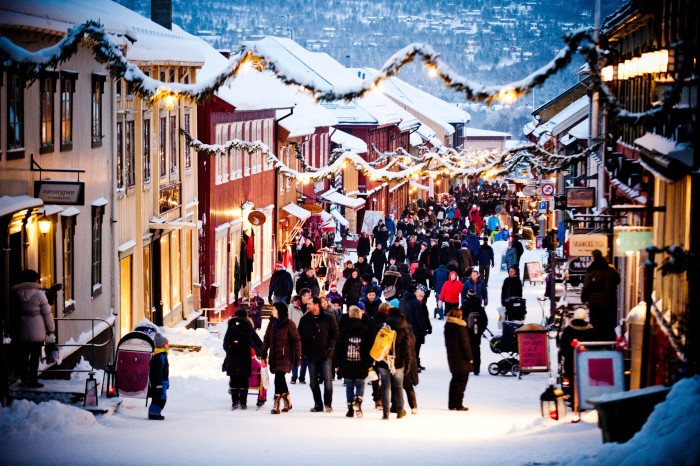
This Christmas adventure starts with a cart pulled by horses from the station. From there you are transported to a city protected by UNESCO, whose wooden houses and narrow lanes create the perfect backdrop for one of the most beautiful Christmas markets in Europe. Every year people come to the small mountain town of Røros for a piece of the famous butter Røros (served at Noma of Copenhagen), the local beer, and a portion of reindeer meat. And while you’re here, visit a Sami family and take dates to one of Santa’s reindeer.
Rovaniemi, Finland
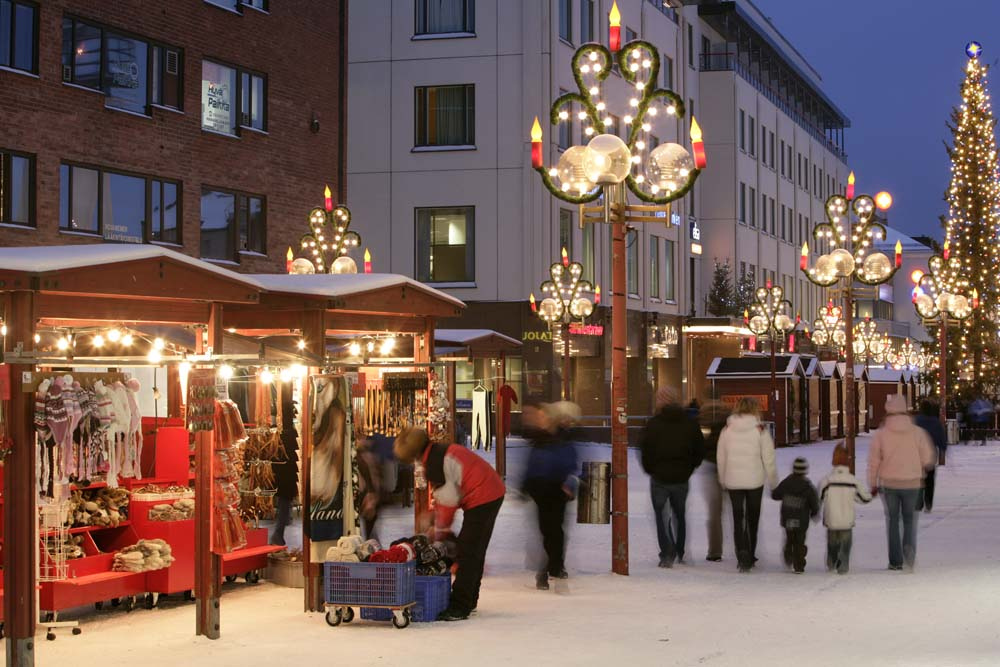
To understand the intensity of the experience of visiting the country of Santa Claus, you have to see the rapture in the face of a child who, after traveling the narrow hallway and climbing the wide staircase, crosses the threshold to the Office of Santa Claus. Bated breath, the fear of not finding what you hope, the excitement of being in a truly magical place, but then … the gentle giant, bearded, dressed in red is there, in the flesh, with a good-natured hello, he reaches out and welcomes the children who come to visit from all over the world.
Support us!
All your donations will be used to pay the magazine’s journalists and to support the ongoing costs of maintaining the site.
Share this post
Interested in co-operating with us?
We are open to co-operation from writers and businesses alike. You can reach us on our email at [email protected]/[email protected] and we will get back to you as quick as we can.
